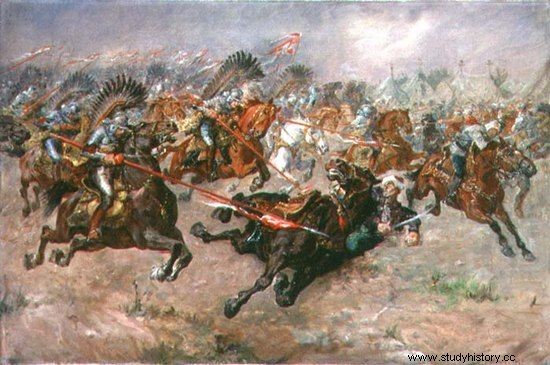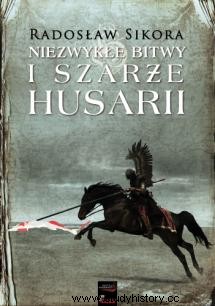There was no shortage of absurdities in old Poland. One of them was undoubtedly the organization of the cavalry. It meant that there were never a hundred horsemen in the officially 100-person unit. At best ninety of them served, but often only ... 20-25.
In historical books, we often find the statement that a given unit counted X wages, or its full-time number was Y. For peasants reason, number is the number, and this is how most authors approach the matter. As a result, our brave armies seem much larger than they really were.
Meanwhile, as Radosław Sikora writes in the book "Extraordinary battles and charges of husaria", , for example, a hundred-unit hussar rota is a unit for which a hundred wages were paid from the state treasury, and not in fact a hundred cavalrymen . First, officers - quite legally - collected additional pay rates for themselves, known as "blind posts" or "blind horses." In the 17th century, 10% of the pay was spent on this goal, and then more and more. As a result, at least every tenth rider existed only on paper.

How many riders could the hundred-man hussar unit count? You say 100? None of that, sometimes it was only 25 hussars!
Secondly, the allocated pay rarely translated into a real number of soldiers, especially if the state treasury was in arrears with its payment. Wounded, sick, incapacitated, killed, deserters - for computational purposes, they were not taken into account at all! After a long campaign, only 20 riders could remain in the hundred-horse hussars, and officially it was still a unit of one hundred people.

Examples? In the battle of Katuszczami (1660), two banners with a full-time number of 285 salaries took part. In fact, in their ranks there were ... less than 150 hussars . Similarly, in the Battle of Domanami in 1655, the Polish driveway had 2,000-2500 full-time riders, and in real terms:slightly more than 1,000.
Street fights in Mogilev in the same year were, in turn, an extreme case - out of 500 full-time cavalrymen from the three banners, only one hundred and fifty competed in the competition. 30% of the official figure!
On the one hand, great numbers are impressive, at least on paper. On the other hand, isn't it better to boast about the fact that even dilapidated units of the Polish hussars have won the battle time and time again?
Source:
Radosław Sikora, Unusual battles and charges of hussars , Erica Publishing Institute, 2011.
